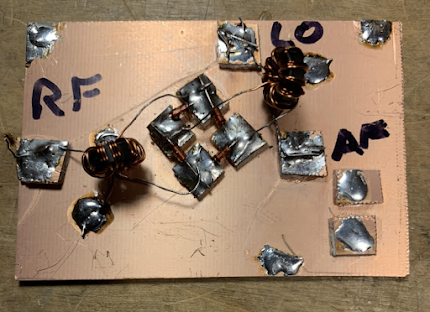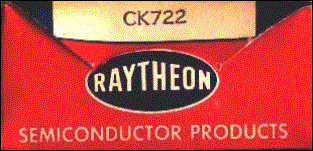Our high school direct conversion project made me realize that I really need to upgrade my digital multimeter. I've been using an old Radio Shack DMM that I bought about 25 years ago. It is OK, but it is not auto-ranging and it is starting to physically deteriorate. So off I went to Bezos-land.
First I spotted the Fluke 101. I was enticed by the brand and the low price. But when it got here I was a bit disappointed. It is really small -- smaller than my cell phone. It is auto-ranging, and it does measure capacitance, but it doesn't measure hFe and the frequency counter only goes up to 100 kHz. I couldn't use it to measure the frequency of our DC receiver PTO. So, back to Bezos. (I'll keep the Fluke as a toolbox DMM.)
Next I found the AstroAI True RMS 6000 DMM. Obviously not as prestigious as the Fluke, but both the Fluke and the AstroAI are manufactured in China. The AstroAI was really inexpensive: Like 34 bucks. And Amazon would do same day delivery here. Soon it was on my front porch.
I've only been playing with it for a day or so, but I really like it. It is auto-ranging, it has automatic shut-down, the frequency counter goes up to 60 MHz, it measures hFe and even has temperature sensor. The frequency counter had no problem measuring the output frequency of our DC RX PTO. The screen is big and bright. And I think the True RMS feature will be very helpful when I try to measure amplifier gain.
I like it. And you can't really go wrong for the price. 34 dollars!
I have the Astro AI DMM in the Amazon ads on the right-hand column of the blog. I should have bought the package with the additional test probes. Click over there on the right for more info.

























































